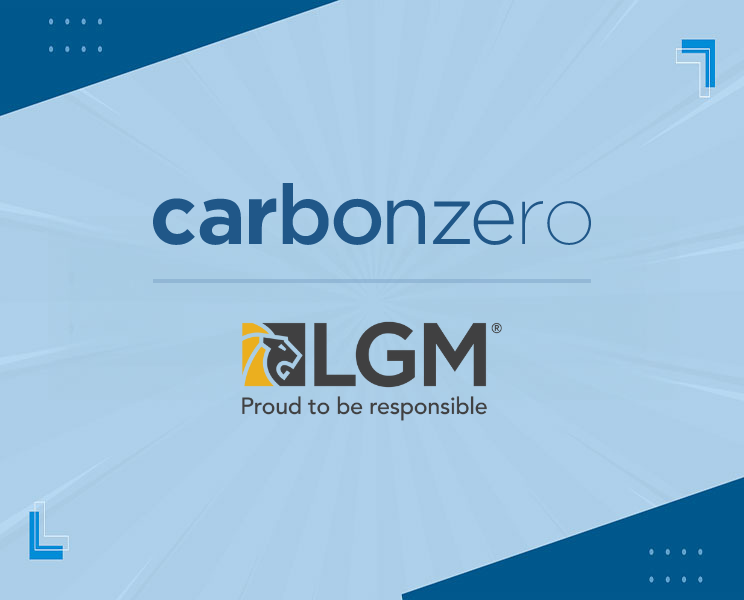As originally appeared in Auto Remarketing Canada’s January/February issue.
Autho: Sarah Rubenoff
Auto prices saw record historic highs in the spring of 2022, and it has taken quite a bit of time to normalize. These trends have caused waves in the auto finance world, changing how business is done, where it’s done and other elements important to customer relations.
Admittedly, it has been more difficult since the pandemic to match consumers with vehicles in their price range.
Jake Stacey, executive vice president of sales and training at LGM Financial Services, told Auto Remarketing Canada that one of the biggest changes she has seen in the auto finance market is higher interest rates coupled with rising inventory.
“These factors are causing big shifts in car buying,” said Stacey. “And I think it’s impacting dealers more than it’s impacting the buyers from this perspective.”
Buyers are seeing more inventory, and this gives them better buying power, because dealers are no longer short on cars. But on the other side of that coin, you’ve got rising interest rates, particularly for used vehicles.
“So, although customers are now seeing more inventory, they’re having more issues fitting payments into their budget, because these rates are significantly impacting used-car sales. Because on the used-car sale side, generally 80% of buyers finance their car,” said Stacey.
Rising costs of floorplans with this increased amount of inventory is also really putting downward pressure on dealers, Stacey said.
And there are other pressures on the market, as well. For example, loans keep extending further and further.
Long-term loans and affordability
According to Stacey, in 2023, the average used-car financing term was 70 months. And according to J.D. Power data on the new-car side, 57% of loans in December 2023 were 84 months or more.
“You’ve sold used cars to customers, and you’ve put them in a car for 70 months, so where is your pipeline going to come from, and what is that going to look like?” Stacey said. For dealers, these trends are taking more customers out of the market for a longer period of time.
Cost is at the core of the problem. “Affordability is going to be a challenge across the board,” said J.D. Ney, automotive practice lead in Canada at J.D. Power. For example, J.D. Power does a lot of work in the electric vehicle space, where affordability is a hot topic.
There have been rumors from the Bank of Canada that interest rates might be coming down in the near future, but macroeconomic factors still remain a challenge for Canadian consumers. “Long-term financing is definitely here to stay for the foreseeable future,” Ney said. And long-term financing speaks to negative equity challenges down the road.
“That’s always the concern, but I think these long-term loans in the Canadian market have been with us for so long now, and it obviously hasn’t caused a major negative equity crisis,” Ney said.
Ney thinks this trend is likely to continue into 2024.
“It’s still obviously at a high level; it’s still a bit of a concern, but the industry does seem to have figured out a way to manage,” Ney said.
Mining past customers
Customer debt is climbing as well and has been for a while, so Canadian consumers’ ability to spend money is constrained. And Stacey doesn’t see interest rates on auto-finance products coming down as quickly as some of the economists are predicting.
“If you are a dealer who has been great in used cars for quite a few years, you need to start going back and working your customer list of customers who purchased vehicles four to five years ago,” Stacey said. “You need to start calling those people and asking them, ‘Have you purchased a new unit since you bought the car from us?’”
Dealers are going to have to be far more active in looking at their pipeline of customers, and that means “their data has to be good,” said Stacey.
But in reaching out to these customers, dealers need to be careful to follow CASL rules that define how you can contract customers when they have bought a car from you and ensure you aren’t crossing anti-spam lines.
“Did they make sure they check that box saying can we contact you in the future with marketing campaigns and other sorts of touch points?” said Stacey.
The other piece of the pie lies in the service department.
“Service becomes critical in this piece, because there’s a pretty good chance those customers have been into the service department at some point,” Stacey said. “There’s a pretty good chance those customers have a relationship with an adviser or the service manager or the director of fixed operations.”
A dealer can start pulling those service files and data and then engage with personnel in the dealership who have a relationship with this customer. Find out things like when they were last in the service department, and how much mileage was on their car and more.
In the near future, Stacey also said she thinks we will see an upsurge in subprime or near prime business.
“It’s going to come back around to what we saw in the early 2000s where near-prime became a focus in dealers,” Stacey said.
“The groups and dealers that have near prime subprime departments that are strong and know how to buy the right cars for the right dollars, structure deals properly and have the right conversation with their customers, are going do really well, but the rate pressure and negative equity plays in there as well,” said Stacey.
The dealers and dealer groups that are going to be the most successful this year in used vehicles are likely those with already well-developed pre-owned operations. “The dealers that succeed this year on the used-car side are gonna be the dealers that either have a strong near prime or subprime department, or they might be an automotive group that’s got a specific used-car department or used-car location in their group,” said Stacey.
Increased automation, better processes
In terms of whether F&I departments are meeting or exceeding customer expectations these days, Stacey said she’s not quite sure anyone has it right.
Customers today want increasing automation and better processes.
“I know there are dealer groups who do it better than others. But if you ask me, if AI and machine learning have found their way to the dealer level, I would say not so much. When you’re talking about lenders, yeah, for sure,” she said.
She likened it to the emergence of portals in the early 2000s like Dealertrack that were just beginning to materialize.
“That was really the first foray into automated lending and auto approved loans,” Stacey said. And there are dealer groups today who are using AI to increase personalization to meet the needs of those customers in unique ways.
“But I have not yet seen a dealer level use of AI or machine learning like you do at the auto lending level,” Stacey said. “And when you’re talking about the used car side, it’s probably gonna be even longer, because on the newcar side, you’ve got the OEM’s that are influencing that by the brand,” she said.
J.D. Power’s Ney said F&I is still one of the steps that really calls out for improvement from a minimal friction perspective in the dealership. In other words, it’s still fairly difficult and/or trying to get a vehicle financed for consumers.
What are some of the ways that might alleviate this situation? First, Ney thinks it’s crucial that consumers can review various F&I products online before they arrive at the store.
“People are so used to the Amazon application in their entire lives,” said Ney. “With the car buying experience, and certainly the F&I experience, your options are kind of completely blind to you as a customer before you walk into the F&I office.”
And that’s increasingly unlike any other purchase that is made in someones’ life.
“Providing these options before entering the store allows consumers to assess their own needs first without the pressure of the F&I office and sales team,” said Ney.


